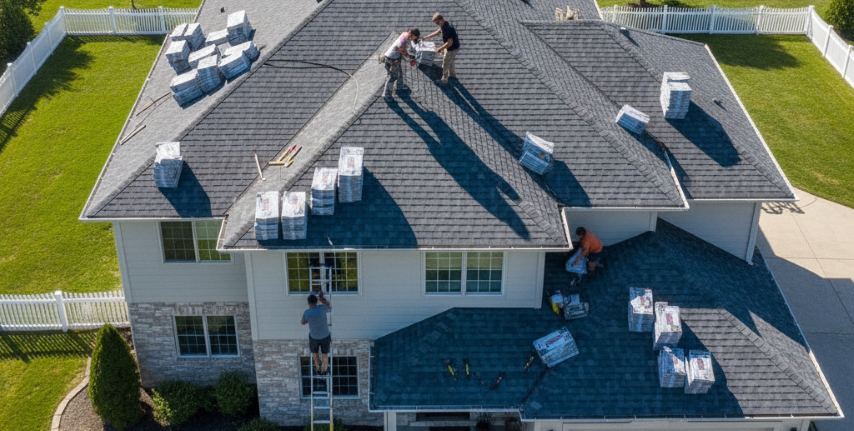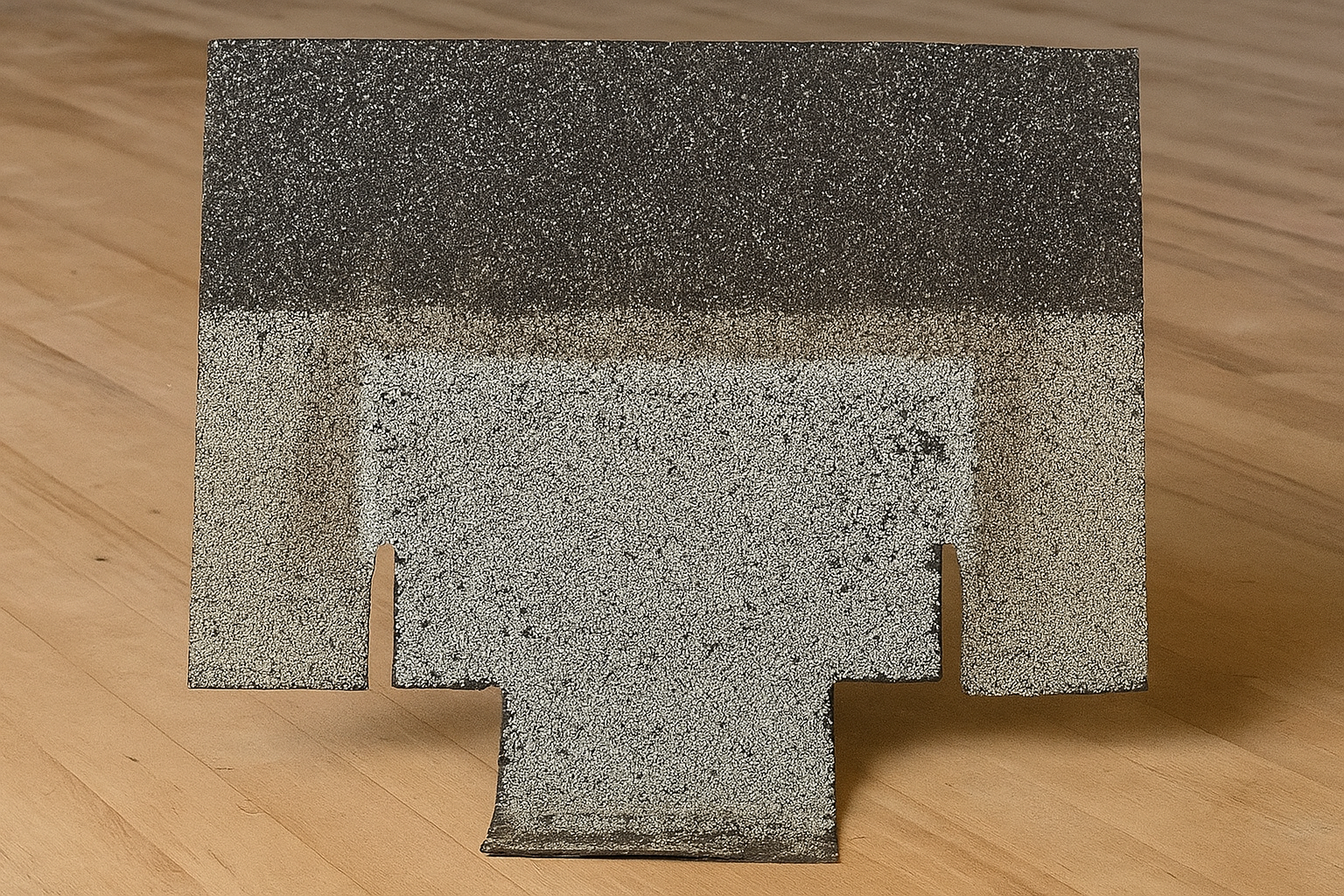Avoiding Frailty and Failure: The History and Lessons of Interlock Roof Shingles
Why Roof Durability Matters
Let me tell you something I always share with clients: your roof isn't just a lid on your house—it's a critical part of your home's overall health. Think of it like the mechanical system in your car or furnace in your home. It needs regular maintenance, attention, and the right installation from the get-go. Neglect it, and you're looking at costly repairs or full replacement way sooner than you'd like.
There are a lot of factors that can impact how long a roof lasts: Was it installed properly? Are the roof vents doing their job? These details matter. And over the years, I've seen some design trends come and go—some with good intentions, but poor execution. One example that stands out? Interlock roof shingles.
The Rise (and Fall) of Interlock Shingles
Back when interlock shingles hit the market, they were marketed as a solution to a real problem: roofs getting torn up by strong winds. At the time, the design was a complete departure from standard shingles. Instead of overlapping on just one side, these shingles interlocked on all four corners. The idea was simple: if everything is locked together, there's less chance of shingles flying off in a storm.
Great idea on paper. In reality? Not so much.
Where It All Went Wrong
The interlock design had two major flaws that eventually led manufacturers to scrap the whole concept:
-
Puckering Problems: Because of the way they were designed, air would often get trapped underneath the shingles. That stopped them from sitting flat, causing this ugly "puckering" effect. Not only did it look bad, but it also left parts of the roof more exposed to the elements.
-
Weaker Materials Over Time: As manufacturers tried to make installation easier, they started thinning out the shingles. Sure, it made them lighter and easier to work with, but it also made them a lot more fragile. They just didn’t hold up the way they needed to.
Eventually, the problems piled up, and interlock shingles were phased out.
What We Use Today (And Why It Works)
Nowadays, most homeowners in Calgary are opting for architectural shingles. And for good reason. These are about 50% heavier than the old-school three-tab shingles, and they offer way more durability. I always recommend going with quality materials up front—it’ll save you a ton in the long run.
But even the best shingles won’t do much if they’re not installed properly. Here’s what I always tell clients to keep an eye on if they want their roof to last:
-
Proper installation is key.
-
Roof vents matter—without them, you’re asking for trouble.
-
Don't walk on your roof, especially on hot days. The heat softens the shingles and stepping on them can cause damage that shortens their life.
Watch Dusko Sremac Explain Interlock Shingles
Treat Your Roof Like an Investment
Owning a home means staying on top of maintenance—and your roof is no exception. It's 50% of the equation when it comes to protecting your biggest investment. Choosing durable materials, making sure the install is done right, and doing regular check-ups will help your roof go the distance.
Need advice on roofing or looking to make sure your home is in top shape before selling or buying? Let’s talk. Reach out today at 403-988-0033 or email me at dusko@repyyc.com.
Follow me on Instagram @DuskoSremac_REPYYC for more tips on construction, real estate, and how to get the most out of your home.

Roofs Fail in the Details — Not the Brochures
I’ve walked a lot of Calgary roofs and reviewed even more inspection reports. The lesson from four-corner interlock shingles is simple: clever marketing can’t outwork physics, installation, and materials. Calgary’s freeze–thaw cycles, wind exposure, and attic ventilation punish weak assemblies. That’s why I pair real estate strategy with construction-level due diligence— from shingle weight and nail patterns to venting, underlayment, and the “do not walk when soft” rule on hot days.
Selling? We’ll pre-empt buyer objections with an evidence-based roof story. Buying? We’ll separate cosmetic wear from real failure risks and price accordingly. If you want a pragmatic plan—materials that last, installs that perform, and timing that protects value—let’s talk.
Dusko Sremac – Calgary & Area REALTOR® | Team Lead, REPYYC
Cell: 403-988-0033 | Email: dusko@repyyc.com



Leave A Comment